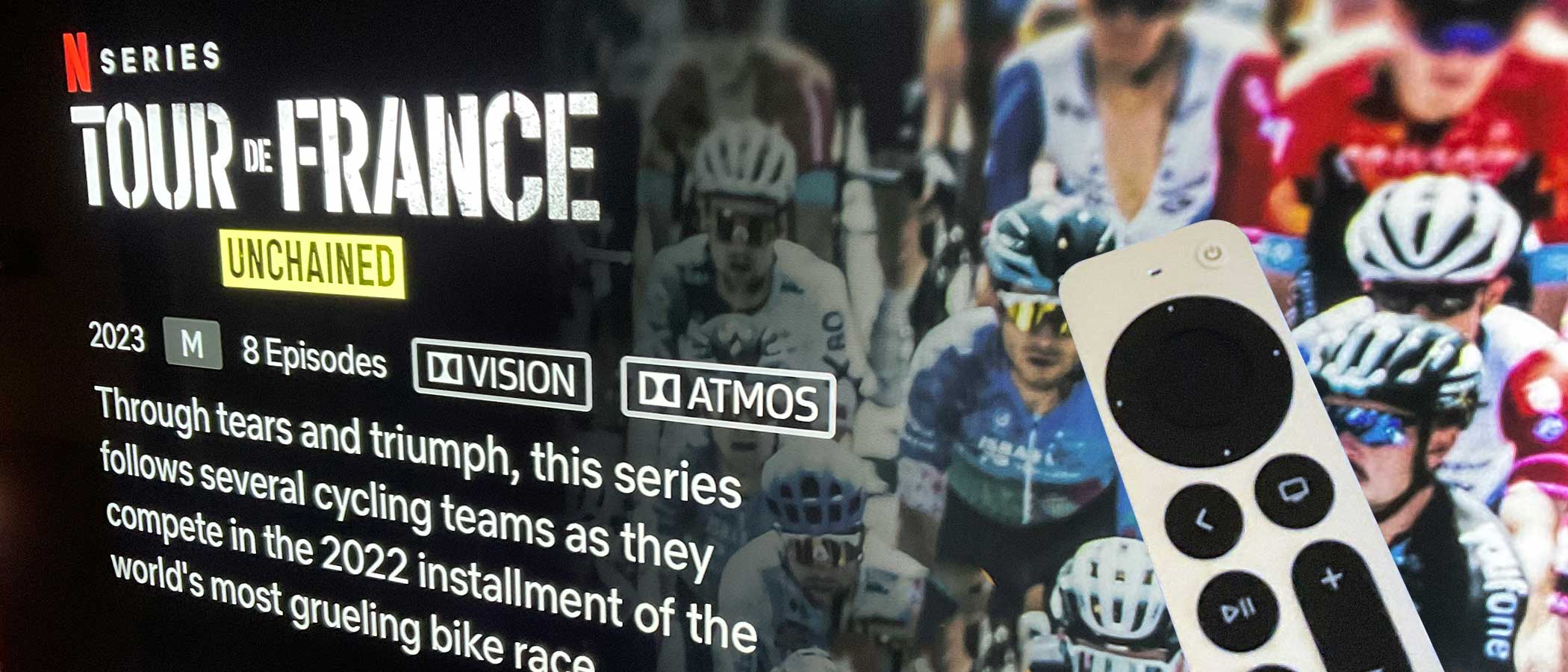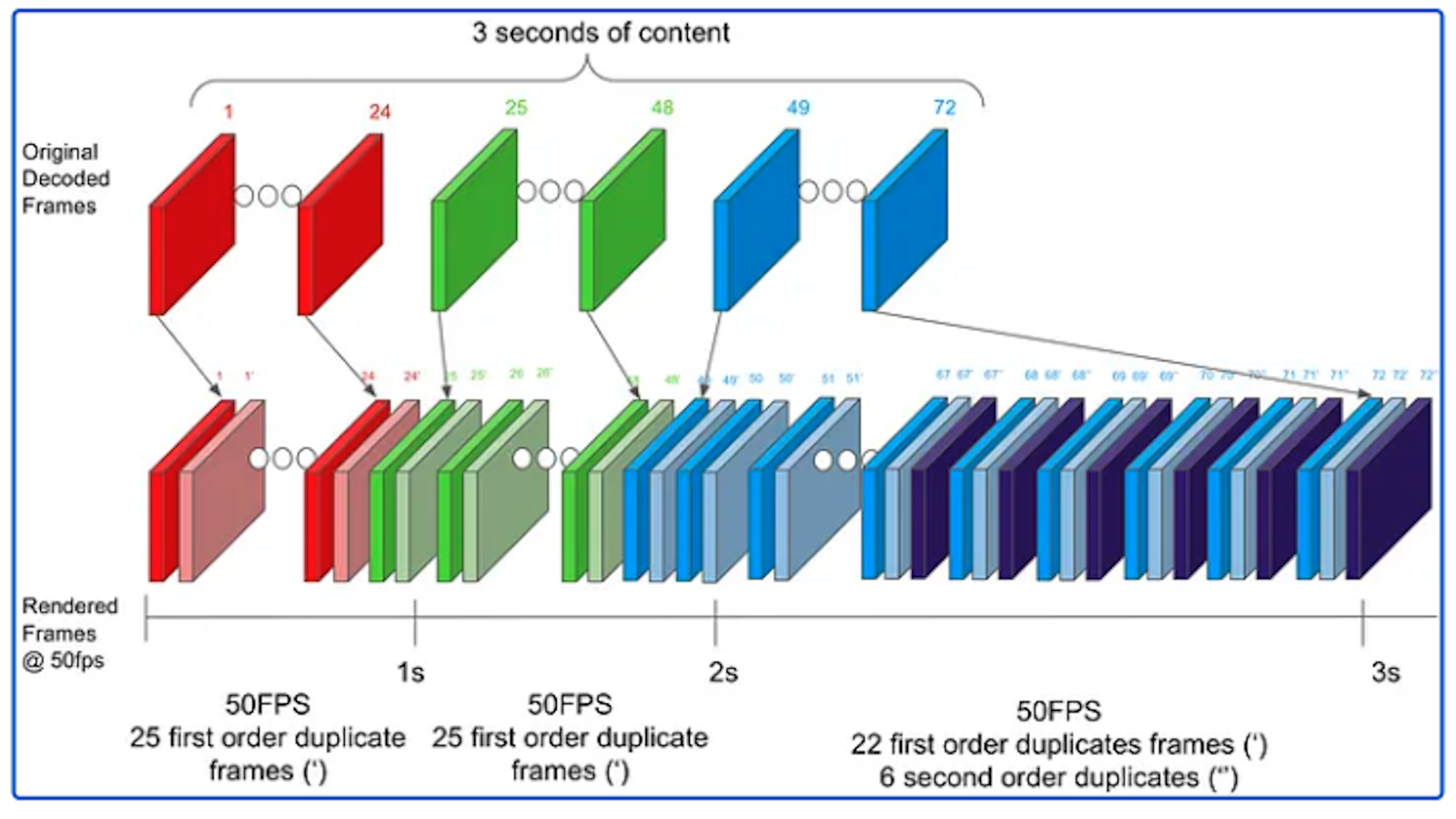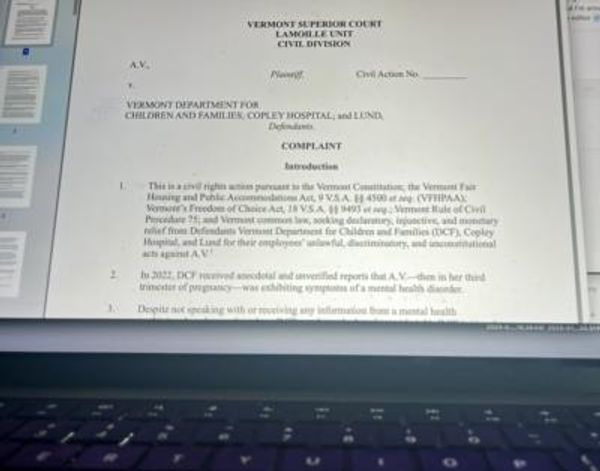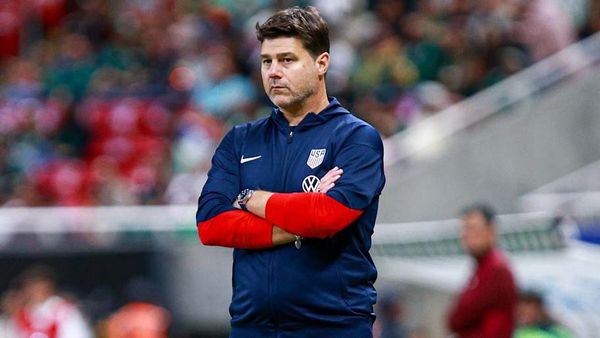
Juddery motion is the bane of home cinema, and one of the main causes of it is when the frame rate of the content you're watching isn't matched by the refresh rate of the TV you're watching it on. This is something that Netflix is looking to address with a new feature outlined on the Netflix Tech Blog.
Without getting too bogged down in mind-boggling science, let's try to explain the problem. Content on Netflix comes in various different frame rates, but the most common is 23.97fps (frames per second), which can be fairly easily rounded to 24fps. TVs in PAL regions such as the UK run at a refresh rate of 50Hz, which means the 24fps signal has to be converted to 50fps before it's displayed.
The problem is that 50 doesn't divide neatly by 24, so while 24 frames can be duplicated in order to create 48fps, two extra frames need to be inserted in order to match the TV's 50Hz refresh rate. It's these two extra frames that cause judder.
'Frame rate matching' was introduced as a solution to this a little while ago, and it works well, but it needs fairly modern kit in order to work and it generally results in a brief blank screen as the frame rate is switched between content. QMS (Quick Media Switching) has recently been introduced in order to get rid of this blank screen, but it's currently supported by only a few devices, such as LG's new C3 and G3 OLED TVs and the Apple TV 4K.
The limited availability of this 'frame rate matching' has encouraged Netflix to come up with a new solution that it refers to as 'Frame Rate Conversion within Netflix Application'.

Needless to say, this is a very complex method of processing, but it essentially involves handling the conversion in three-second chunks rather than each second, which allows the extra frames to be spread out more evenly. Netflix says that it won't completely eradicate judder but that it will make it much less noticeable.
What's most important here is that this will all be handled by the Netflix application and doesn't rely on each device supporting the latest HDMI 2.1 features. Of course, it will rely on your TV and/or streamer having an up-to-date version of the Netflix app, and we know that lots of older TVs don't receive the app updates that they should. Unfortunately, those TVs will still be left out, but the point is that this new method of frame rate conversion should mean that lots of devices that don't support fancy frame rate matching should still get smoother motion.
According to Netflix's blog post, this technology is available now, but we're not aware of it actually having been rolled out to devices. Stay tuned for more as we get it.
MORE:
This is everything you need to know about QMS
These are the best TVs you can buy right now
And these are the best media streamers







